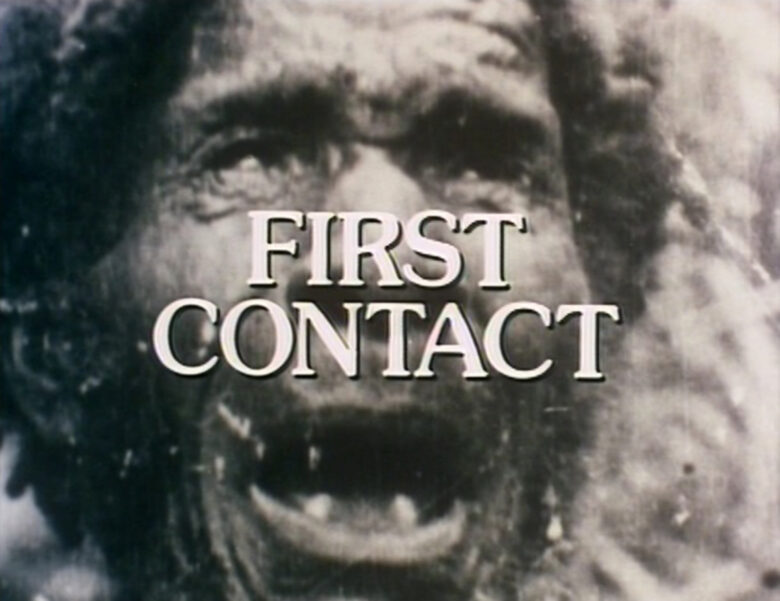I was involved in a car accident on a snowy evening in Minnesota during the Christmas break of my freshman year in college. I sustained numerous injuries: a broken clavicle; ligaments torn from the spine; a fractured elbow; and, a fractured pelvis. I remained in the hospital for three weeks. I had to suspend my postsecondary studies as I had six holes drilled into my pelvis to accommodate the steel rods of an “external fixator.” I cleaned the rods’ entry points several times a day.
Since my Dad wanted me to graduate in four years, I took several general ed summer school classes at the University of Minnesota. I remember Anthropology 101 well. We studied the indigenous people who thrived in the interior of New Guinea; an agrarian society. Men chopped wood with stone axes while the women supervised children and prepared meals. Men also tended to the fields of yam.
They had never seen white people until Australians arrived after World War I, looking for gold. Whitey also introduced steel (and guns). The indigenous males adopted steel as part of their labor because steel was much more effective and efficient than stone. Thus, men completed their chores in much less time and relaxed much more often to the chagrin of women. This caused friction.
One of the best lessons I learned in a college classroom was that the adoption of household duties needs to be shared to contribute to harmonious relationships. Of course, I also learned a lesson of occupiers’ exploitation of resources at the expense of other people. Both lessons still apply today.
I have stumbled upon original footage of the Aussies interacting with the New Guinea population in 1930. The video includes a demonstration of how a gun can kill a pig, which prompted kids to scurry. “Show us where we can find this kind of stone.”
https://archive.org/details/firstcontact_201602/firstcontactreel1.mov



